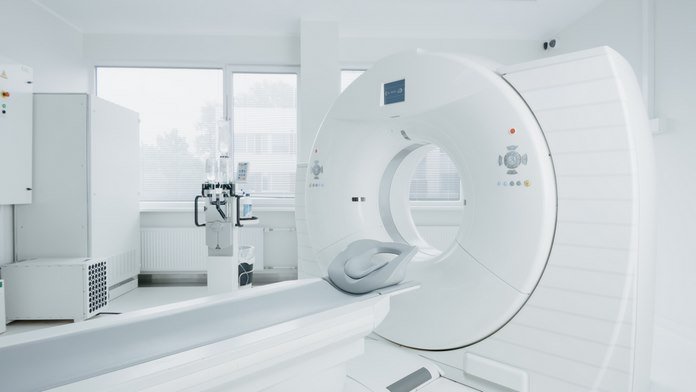Positron Emission Tomography (PET):
This technique uses short-lived radioactive drugs to produce three-dimensional views of these drugs in the body tissues. This special technique differs from the CT scan in a way that PET checks the functions of the tissues and their metabolic activity, whereas CT scans view the anatomical structures. PET scans help to identify the type of cells in the tumors and check their growth rate. With PET scanning, the patient receives a radioactive drug with a short half-life that is approximately the amount of radiation from two chest X-rays. Depending on the drug given to the patient, drugs can collect in some tissues more than others. The drugs get absorbed in the body tissues and release particles called positrons producing the gamma rays. The scanner detects these gamma rays and charts the area with more radioactive drugs, for example, in the active tumors. This technique is also with CT scans called PET-CT scanning that improves the diagnosis of the cancerous cells.

